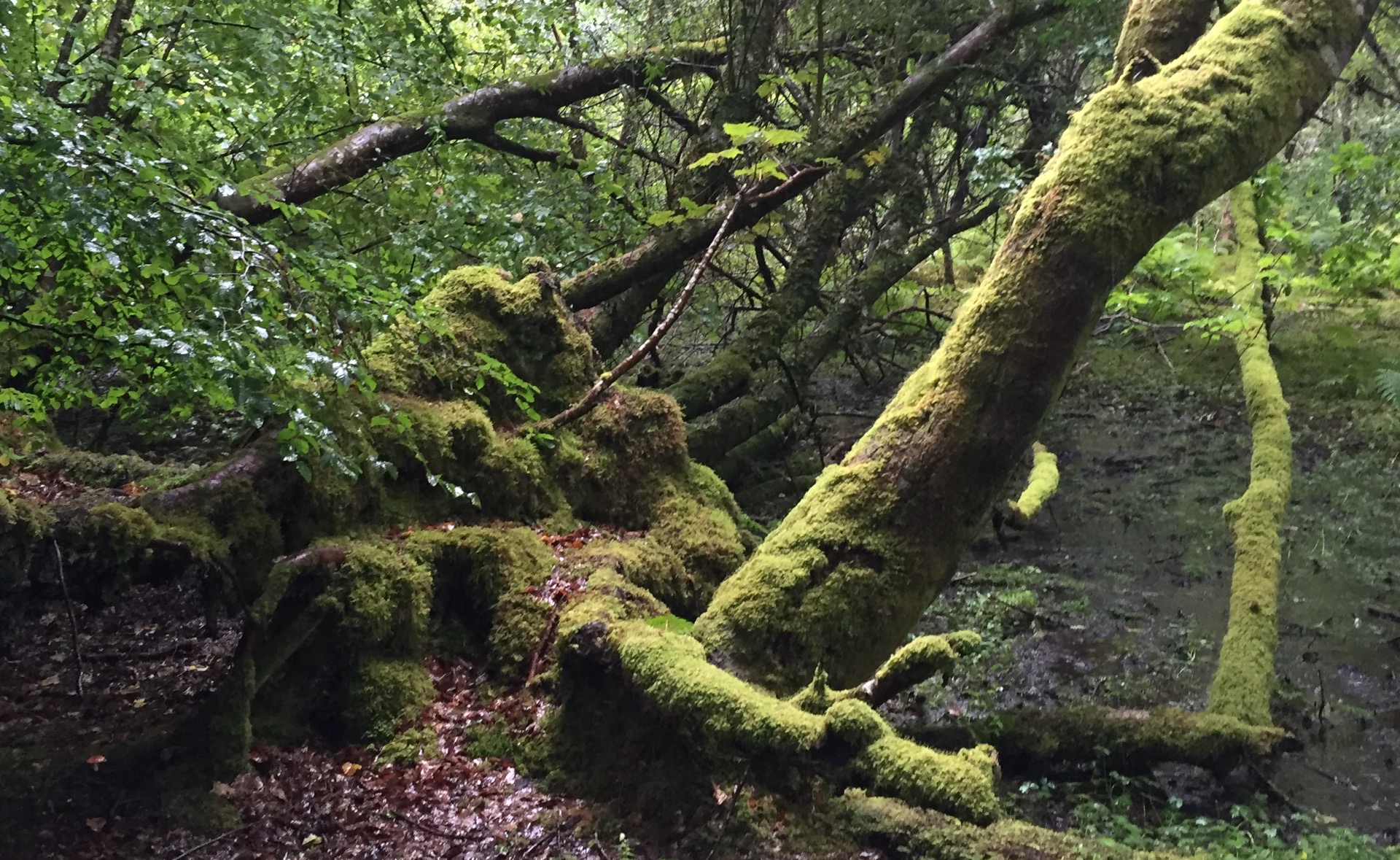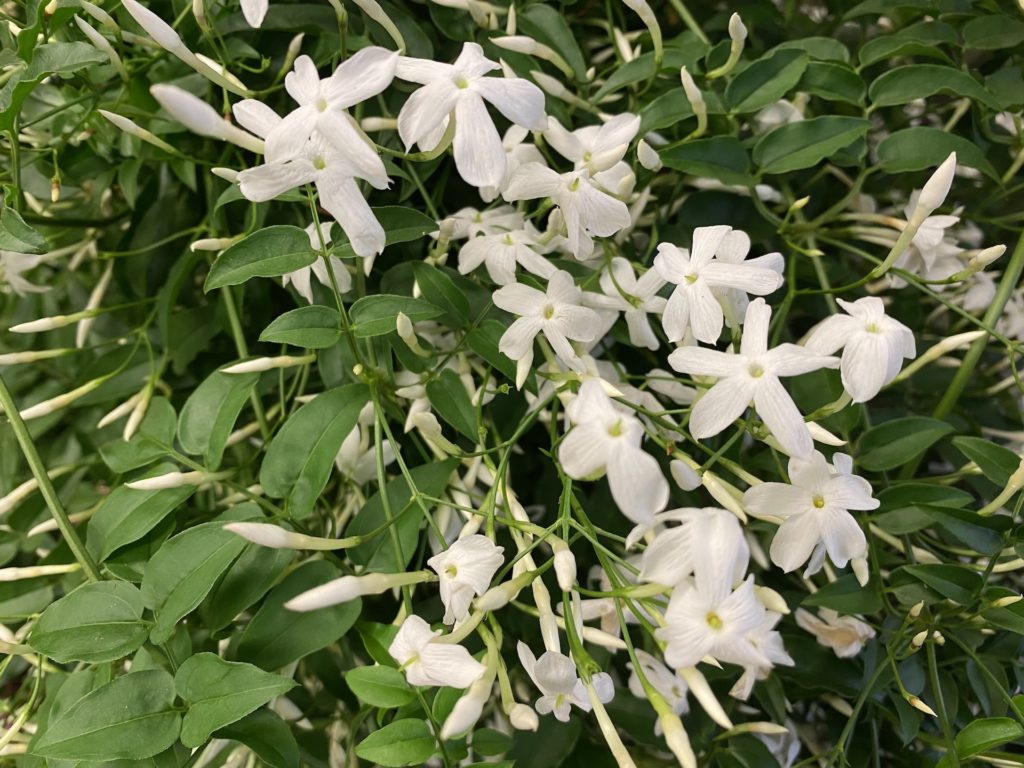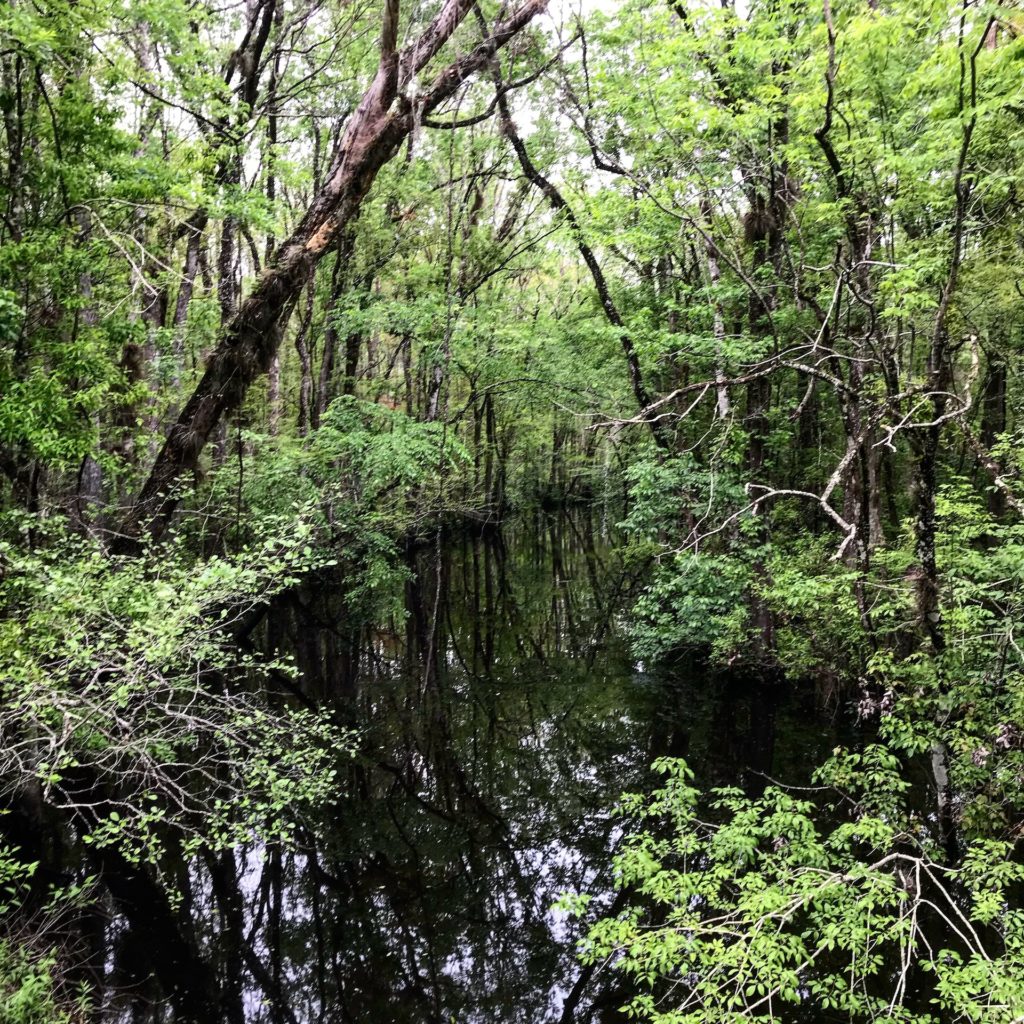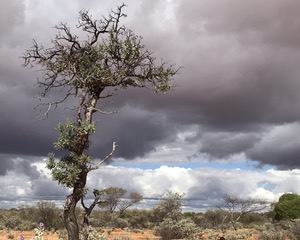
Gayil Nalls
Aromatic Flora and Priority Conservation
Why conservation must involve all of us
By Gayil Nalls
Sign up for our monthly newsletter!
Simply put, we can’t live without plants. Plants are synonymous with life on Earth. They are an essential part of the ecosystem and food chain. Plants absorb carbon dioxide and produce oxygen which allows us to breathe. They mitigate pollution, cool the air, and play an important role in earth’s water cycle.
Many different kinds of plants grow in the plant kingdom, including those with and without seeds or vascular systems. With the exception of one seaweed plant, the plants of World Sensorium are aromatic, seed-bearing vascular plants falling into the category known as Medical and Aromatic Plants (MAP). The World Sensorium primary research identified aromatic plants whose chemical signatures are recognized as pleasurable or meaningful to the majority of each country’s population. The plant’s engaging scent had established itself as a symbolic olfactory expression of the country’s culture, intrinsic to national identity and heritage, and shared by collective individuals of that nation.
According to behavioral neuroscientist Antonio Damasio, the evolutionary significance for a being’s sense of smell is its role in our core consciousness that allows us to “[manage] life in a body” (interview with Jonah Lehrer, Wired) – guiding human emotion, survival, and our ability to adapt and connect to complex environments. Unique and collective reactions to extended experiences all factor into how we define the “self”. Our sensory organs are constantly collecting data that provide efficient solutions for physical, mental, and emotional health – aka “you”. In the context of smell, this mind-body connection can manifest through involuntary emotional responses when presented with specific aromatic plants; for example, the stimulating scents of jasmine, lavender, or rose trigger feelings of hope and opportunity in most.

The rich and sensuous felt experience of aromatic plants in various geographical locations is not only imperative to personal and collective identity, these chemical signatures are important ways humans experience and know their surroundings.
Humankind has studied these plants, their effects, and usages, since time immemorial and passed their knowledge from generation to generation in social, ritual, religious, and cultural traditions and practices. These activities have been important to the rise of civilizations and to the continuum of modern societies. Because of these aromatic plants well-being increased and so did survival. This is why ancient healing traditions are still practiced today. More than half of all people around the world still depend on MAPs for their primary health care. Because of their extraordinary properties they are a source of economic value and livelihoods, as they are moved from local communities to world markets.
Regrettably, medical and aromatic plants, already under critical threat from unsustainable harvesting and habitat loss, are now facing the increasing threat of climate change. Changes in temperature and seasonal patterns, along with the impacts of worldwide environmental destruction from droughts, floods, and fire, are accelerating plant extinctions. These stressors affect MAPs in many negative ways, disrupting the plant’s quality, quantity, distribution, and lifecycles. Effects includes changing the chemical compound concentrations of the essential oils that the plants produce. And changing the flowering, fruiting, and synchronization periods between many plants and their pollinators.
If plant loss continues unabated, meaning without a significant reduction in carbon emissions, climate change risk assessment projections show an impact of extreme biodiversity loss leading to the loss of function of ecosystems–-followed by their collapse. A million species may be threatened with extinction in coming decades, and the vast majority are plants (see the Center for Sustainable Systems, Biodiversity Factsheet). Because of this, countries and communities conducting plant assessments are now presented with the concern and challenges of plant conservation prioritization. Planning has already begun that prioritizes one plant over another for underfunded conservation resources. Even though the worthiness of this hierarchical approach to conservation prioritization is still being debated, the criteria for which plants are and will be conserved are being established.

Gayil Nalls
Saving plant biodiversity represents a worldwide challenge and it is paramount that we succeed. To protect our bio-cultural heritage we must continue our work to halt the extinction crisis, allocate realistic funding to conservation action and raise awareness that it will take all of us to minimize future extinctions and preserve plant biodiversity. To facilitate plant preservation and conservation, the global conservation community needs to scale and strengthen and have a multidisciplinary approach. It needs more money, more data, better science, and more people power. Every community on the planet needs to be a conservation community with a long-term plan for green infrastructure and the conservation of its local flora.
If the prioritization approach means that the plants of the highest ecological value to wildlife and people are conserved, then we must implement a massive conservation program for medical and aromatic plants. But perhaps the prioritization approach should really mean prioritizing ending global warming before it ends our world.
The time for that is now.
Gayil Nalls, PhD, is the creator of World Sensorium and founder of the World Sensorium/Conservancy.
Sources
Damasio, A., Self Comes to Mind: Constructing the Conscious Brain, Pantheon Books, New York, 2010
Kalauni, Dharmendra & Joshi, Arati. (2018). Status of Medicinal and Aromatic Plant (MAPs) and Socio-Economic Influence in Nepalese Livelihood-A Review Research. 2. 123-130.
Kirakosyan A, Seymour E, Kaufman PB, Warber S, Bolling S, Chang SC. Antioxidant capacity of polyphenolic extracts from leaves of Crataegus laevigata and Crataegus monogyna (hawthorn) subjected to drought and cold stress. J Agric Food Chem. 2003;51:3973-3976.
Zobayed SMA, Afreen F, Kozai T. Temperature stress can alter the photosynthetic efficiency and secondary metabolite concentrations in St. John’s wort. Plant Physiology and Biochemistry. 2005;43:977-984.

As Ireland transitions from the rich, smoky scent of peat-burning to a more sustainable future, its olfactory heritage is evolving. What will become the next iconic aromatic symbol of Ireland?
Click to watch the documentary trailer.






